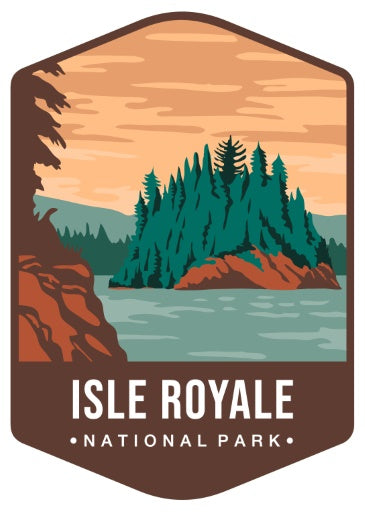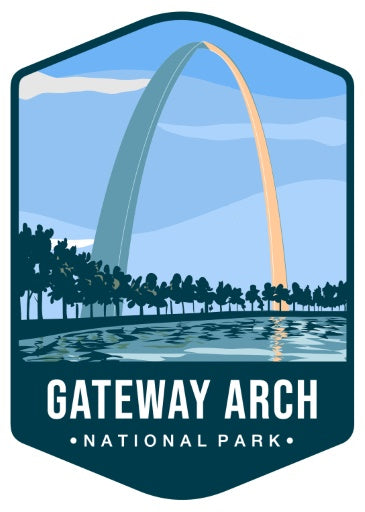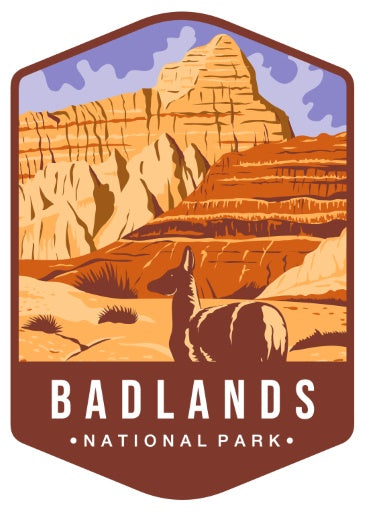WUDN
March-2024
Exploring the Great Outdoors: 5 Must-Visit Features of Every National Park in the United States
WUDN Outdoor Adventure (National Park Series)

Part 14 of Our National Park Series
Arches National Park
National Park Series > Southwestern US > Arches National Park
Back to the Table of Contents
Top 5 Outdoor Adventures in: Arches National Park
1. Delicate Arch Sunset
No visit to Arches National Park would be complete without witnessing the iconic Delicate Arch illuminated by the warm glow of the setting sun. Pack a picnic and hike out to the arch in the late afternoon to claim your spot and watch as the sandstone formation is bathed in golden light.
2. Fiery Furnace Guided Tour
Explore the otherworldly landscape of the Fiery Furnace on a guided tour led by park rangers. This labyrinth of narrow passages, towering sandstone walls, and hidden arches offers a thrilling adventure for those willing to navigate its twists and turns.
3. Devil's Garden Trail
Embark on the Devil's Garden Trail, a premier hiking route that leads adventurers past some of Arches' most famous rock formations, including Landscape Arch, Double O Arch, and Partition Arch. Be sure to bring plenty of water and sturdy footwear, as the terrain can be rugged and challenging.
4. Rock Climbing
Test your climbing skills on the towering sandstone cliffs of Arches National Park. With hundreds of named climbing routes ranging from beginner to expert, there's something for climbers of all skill levels to enjoy. Just be sure to check in with park rangers for route recommendations and safety tips.
5. Stargazing
Escape the city lights and experience the magic of the night sky at Arches National Park. With its remote location and minimal light pollution, the park offers some of the best stargazing opportunities in the country. Grab a blanket, lay back, and marvel at the millions of stars twinkling overhead.
In Arches National Park, some of the top attractions that draw visitors from around the world include:
1. Delicate Arch:
Delicate Arch is perhaps the most iconic and recognizable natural arch in the park. This freestanding arch stands 52 feet tall and is perched on the edge of a sandstone bowl, offering breathtaking views of the surrounding landscape. Visitors can view Delicate Arch from a distance at the Delicate Arch Viewpoint or embark on a moderately strenuous 3-mile round-trip hike to reach the arch up close.
2. Fiery Furnace:
The Fiery Furnace is a labyrinth of narrow sandstone canyons, towering fins, and hidden arches. Exploring this intricate maze requires a permit or guided tour due to its challenging terrain and delicate ecosystem. Visitors can join a ranger-led hike or obtain a permit for self-guided exploration to experience the unique beauty and solitude of the Fiery Furnace.
3. Double Arch:
Double Arch is a striking pair of arches formed by the erosion of parallel sandstone fins. The larger arch spans 144 feet, while the smaller arch measures 112 feet. Visitors can access Double Arch via a short, easy trail located near the Windows Section of the park. The dramatic silhouette of Double Arch against the desert sky makes it a popular spot for photography and contemplation.
4. Park Avenue:
Park Avenue is a scenic canyon featuring towering sandstone formations that resemble skyscrapers lining a city street. Visitors can take in panoramic views of Park Avenue from the overlook at the trailhead or embark on a 2-mile round-trip hike through the canyon to experience its towering monoliths up close. The trail offers opportunities for photography and interpretation of the park's geology and natural history.
Some Real Wooden Style for Your Trip
We are working on more branded merch to accompany your trip. In the meantime, here is a pair of real wooden shades for some excellent style while you hike the back-country of Arches National Park.
How to Get To Arches National Park
To reach Arches National Park, visitors typically travel by car or guided tour from nearby towns and cities in eastern Utah. Here are some common routes to reach the park:
1. From Moab, Utah: Moab is the nearest town to Arches National Park, located approximately 5 miles away. Visitors can drive to the park by following Highway 191 north from Moab. The entrance to Arches is well-marked and easily accessible from the highway.
2. From Grand Junction, Colorado: Grand Junction is the nearest major city to Arches National Park, located approximately 120 miles away. Visitors can drive south on Interstate 70 from Grand Junction, then take Highway 191 south toward Moab. The entrance to Arches is located on Highway 191, about 4 miles north of Moab.
3. From Salt Lake City, Utah: Visitors traveling from Salt Lake City can reach Arches National Park by driving approximately 230 miles southeast on Interstate 15 and Interstate 70 to reach Highway 191. From there, they can head south toward Moab and follow signs to the park entrance.
4. From Denver, Colorado: Visitors traveling from Denver can reach Arches National Park by driving approximately 350 miles west on Interstate 70 to reach Highway 191. From there, they can head south toward Moab and follow signs to the park entrance.
Additionally, some visitors may choose to fly into regional airports such as Canyonlands Field Airport (CNY) in Moab or Grand Junction Regional Airport (GJT) in Grand Junction and then rent a car to drive to the park.
Guided tours and shuttle services may also be available from nearby towns for those without access to a vehicle.
Once at the park, visitors can explore the scenic drives, hiking trails, and viewpoints by car or on foot. It's essential to check current road conditions and park alerts before traveling to ensure a safe and enjoyable visit.
History and Creation of Arches National Park
Arches National Park, located in eastern Utah, boasts a captivating history deeply rooted in geological evolution and human presence spanning thousands of years. The park's story begins around 300 million years ago when a vast inland sea covered much of what is now the American Southwest. Over time, the sea retreated, leaving behind thick layers of sedimentary rock, including sandstone, shale, and limestone.
Approximately 65 million years ago, during the late Cretaceous period, the region experienced uplift and tectonic activity, leading to the formation of the Rocky Mountains and the Colorado Plateau. This uplift, coupled with erosion from wind and water, gradually sculpted the landscape into the breathtaking natural arches, spires, and fins that define Arches National Park today.
Human presence in the area dates back over 10,000 years, with evidence of ancient Native American cultures leaving behind rock art, tools, and dwelling sites throughout the park. The Ute and Paiute tribes inhabited the region for centuries, followed by the arrival of European explorers and settlers in the 19th century.
In the early 20th century, interest in preserving the area's unique geological features grew, spurred by the efforts of individuals such as Frank A. Wadleigh, a local rancher and prospector, and John Wesley Wolfe, a prospector and photographer who recognized the area's scenic value. Their advocacy efforts led to the designation of Arches National Monument by President Herbert Hoover in 1929.
Arches continued to gain recognition for its geological wonders, and in 1971, Congress passed legislation upgrading Arches to national park status, officially establishing Arches National Park. Today, the park encompasses over 76,000 acres of stunning red rock landscapes, featuring over 2,000 natural sandstone arches, along with countless other geological formations.
Arches National Park stands as a testament to the power of geological forces and the enduring beauty of the natural world. Its rich history, spanning millions of years, continues to inspire visitors from around the globe, inviting them to explore and marvel at the remarkable landscapes shaped by time and nature's artistry.
/Fin. Arches National Park
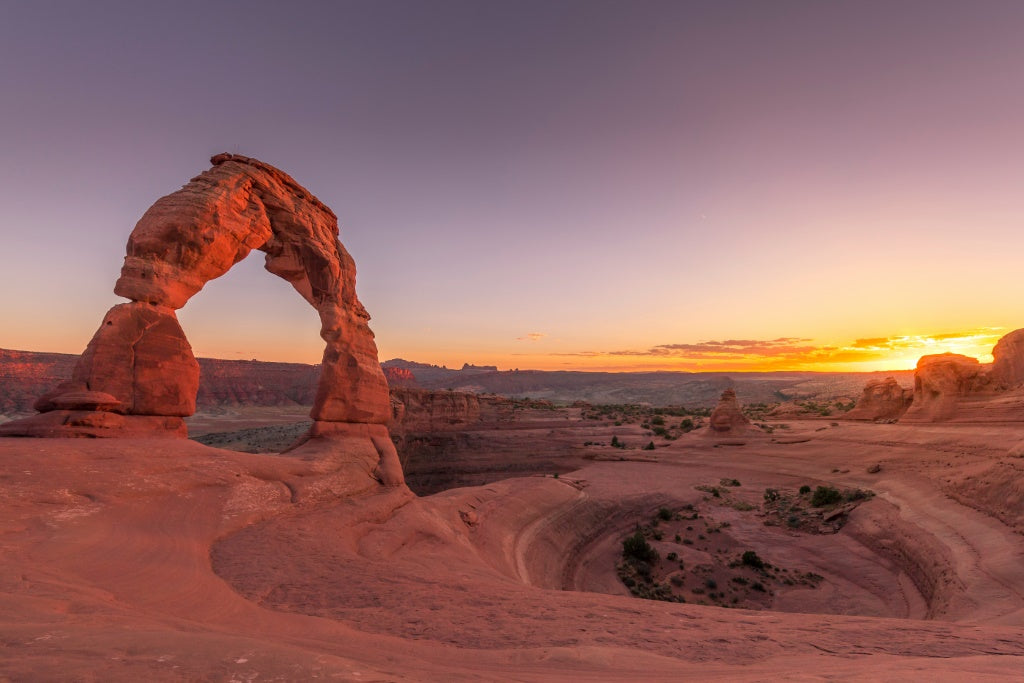
How to Prepare for a Visit to a US National Park
Our top-10 list to get you prepared and a bonus section on Bears!
Read More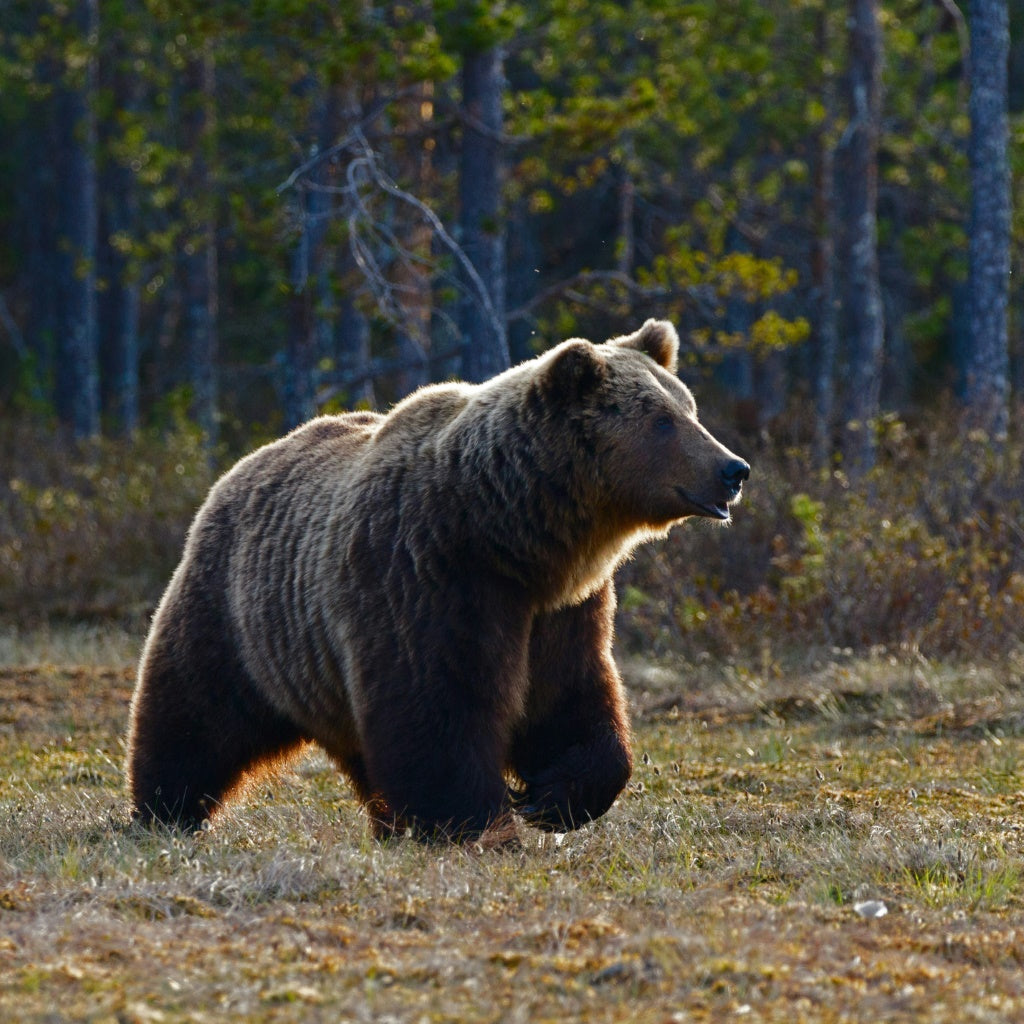
20 Must Have Gadgets for Your Next Outdoor Adventure
Our curated list to keep you safe and productive on your next outdoor adventure.
Read More
About the Author

Jaimeleigh Christian
Jaime is passionate about the outdoors and traveling throughout these gorgeous United States. Especially National Parks in the Pacific Northwest.
Tags
Travel
Outdoor Adventure Series
National Parks
Tour Guide
You May Also Like
Want To Receive More Outdoor Adventures?
Follow us to receive the latest adventures


